This week USPTO Commissioner for Patents Vaishali Udupa issued a memorandum to all patent examiners entitled "Resources for Examining Means-Plus-Function and Step-Plus-Function Claim Limitations (35 U.S.C. 112(f))." The purpose of the memo is to remind examiners of the resources and guidance available when examining claims under 35 U.S.C. 112(f), commonly referred to as "means-plus-function" or "step-plus-function" claims. The memo summarizes key points regarding:
- Determining whether a claim limitation invokes 112(f)
- Clearly communicating on the record when 112(f) has been invoked
- Evaluating the adequacy of the supporting disclosure
The USPTO has also requested public feedback on the guidance (6/18/24 deadline). Examiners will apparently undergo some training. Although not clear if this will be enforced, it may become more of a requirement for examiners to provide a claim construction section in their office action rejections.
Although the memo is generally helpful, there are two points of guidance that are lacking, and that I discuss below:
- How is BRI applied at the initial stage of determining whether a claim is written in means-plus-function form?
- How are means-plus-function limitations evaluated under the 112(a) written description and enablement requirements. Particular, must the "equivalents" covered by the claim be adequately supported by the specification?
To continue reading, become a Patently-O member. Already a member? Simply log in to access the full post.



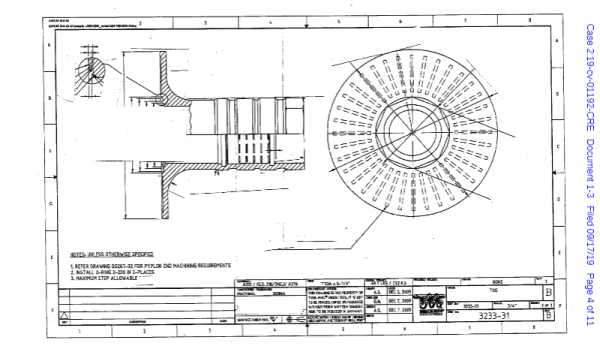
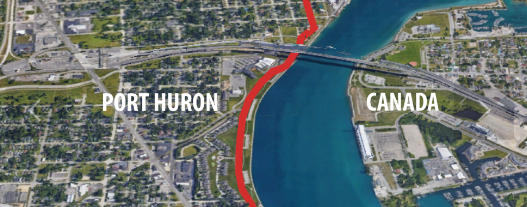



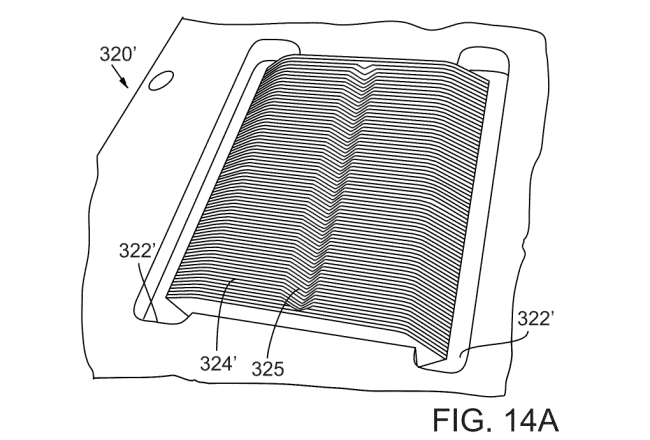
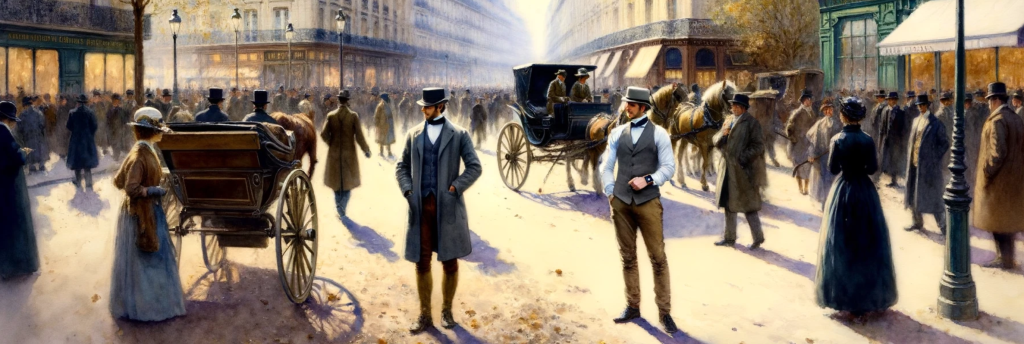
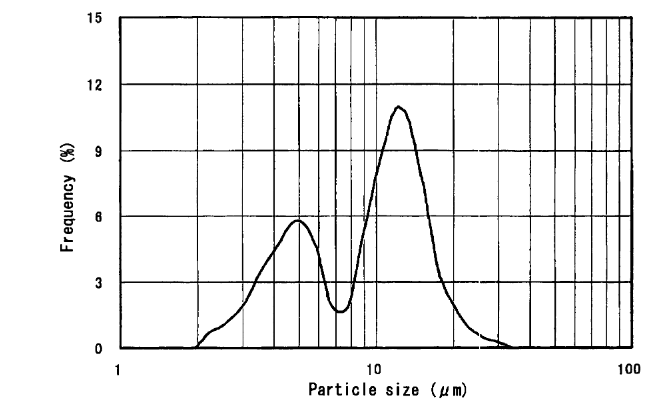
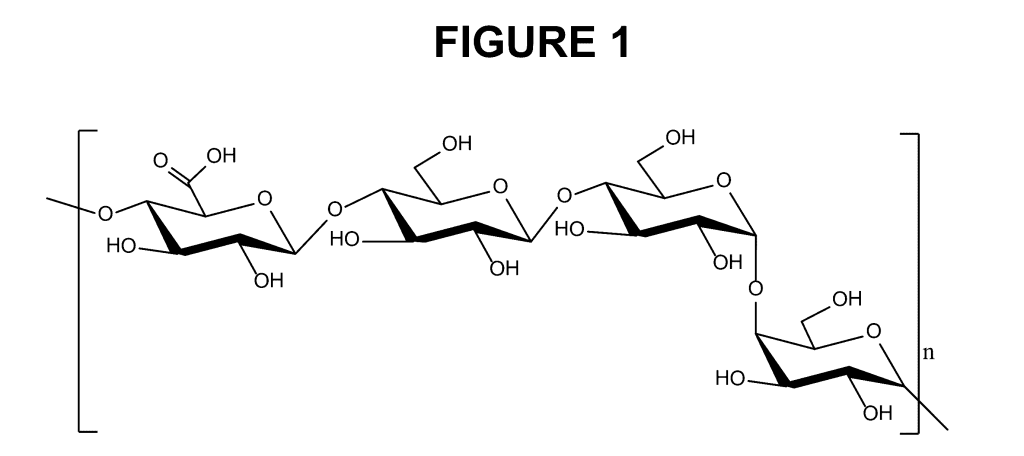
 I am super excited to be part of a big interdisciplinary conference this week here at the University of Missouri where we'll be focusing on
I am super excited to be part of a big interdisciplinary conference this week here at the University of Missouri where we'll be focusing on 